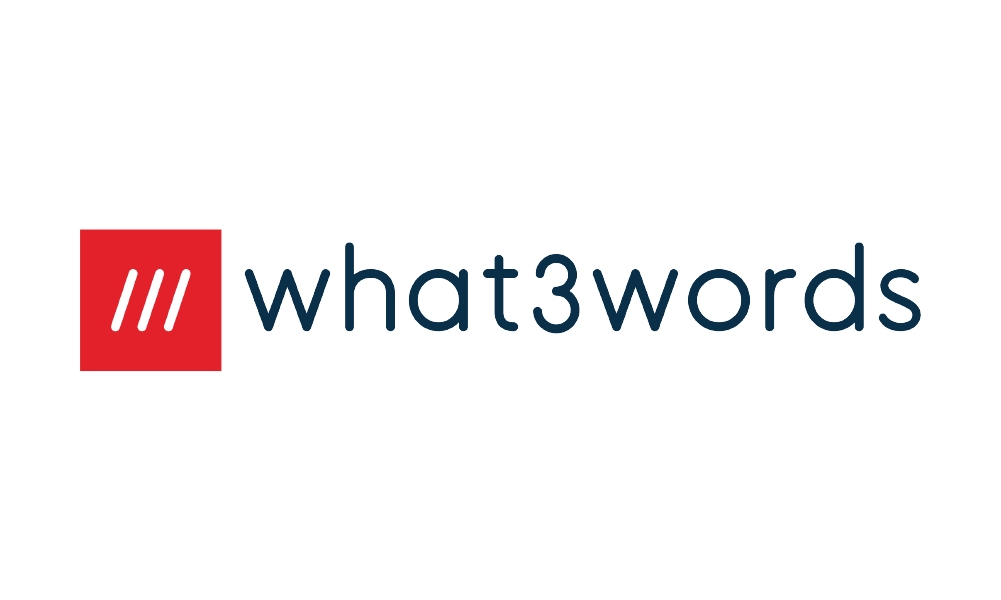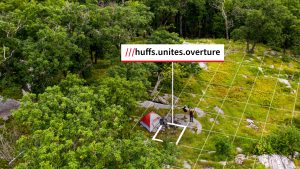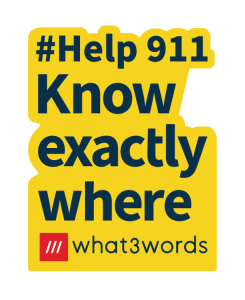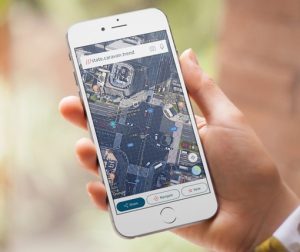
What is what3words? How is it useful when calling 9-1-1? How is it useful to 9-1-1 telecommunicators? Emergency Communications Centers (ECCs) within the North Central Texas Emergency Communications District (NCT9-1-1) service area have the capability of using what3words to locate incidents faster. What3words has given every 10 feet square in the world a unique identifier made of three words, making the location of any incident easy to describe and share.
What3words is a digital geocoding system with a goal to create a location system made for the modern world. What3words has divided the entire globe into squares that are three by three meters or 10 by 10 feet with every square assigned a unique name made up of three random words. All word sequences and their precise location on the map are stored on the what3words servers. Users can immediately access any of them by typing either the three words of their location or the traditional address into the what3words map. To share a what3words location, all users need to do is give someone their three-word location via phone call or text. With this modern day solution, users are able to pinpoint an exact location rather than approximate location.

Some may think, why aren’t addresses good enough? What about coordinates? The answer is simple; while addresses might provide an approximate location, they do not provide an exact location. Coordinates are still very accurate, but three words is easier to identify, remember, manage, and communicate than traditional coordinates. The difference between an exact location and approximate location is the meter or feet in your location. An approximate location can be anywhere within 100 feet of someone’s location whereas an exact location is determined by the 10 feet surrounding the user. What3words was created to find the exact location versus the approximate location.

When it comes to receiving 9-1-1 emergency assistance, the difference between an exact and approximate location means everything. That being said, street addresses do not always point to the right location or entrance. Not to mention, many places do not have an address like parks, forests, or waterways. While streets, buildings, and monuments can give away the general location, they cannot provide the exact location. Also, traditional addresses are not useful in open areas like public squares and parks or rural areas with little to no signage or official mapping.

Now that we know what what3words is, let’s talk about how it’s aiding in the 9-1-1 caller experience and 9-1-1 telecommunicators. Because what3words can identify an exact location at a faster rate, it helps 9-1-1 telecommunicators send first responders to exact locations so they can reach the incident faster. As a 9-1-1 caller, what3words can better assist in knowing their exact location rather than their approximate location.
The what3words app is available for free in both Apple and Android devices and can be downloaded by clicking here. To access and use what3words, follow these three steps:
- Download the free what3words app.
- When you are at the location of the incident, open the app and tap the arrow icon (iOS) or compass (Android) for your current location.
- When you need to call 9-1-1, advise the 9-1-1 telecommunicator that you can provide what3words information and read the 3 words displayed at the top of the app screen.

What3words addresses are precise to a 10ft square, so 9-1-1 telecommunicators can deliver faster, more efficient emergency services. The what3words app helps pinpoint the exact location of incidents even faster, saving both time and resources when it matters most. What3words allows for your exact location to be more accessible. This geodata solution is very resourceful in any location whether it be a rural location with no address or a busy urban location with a building with six floors.